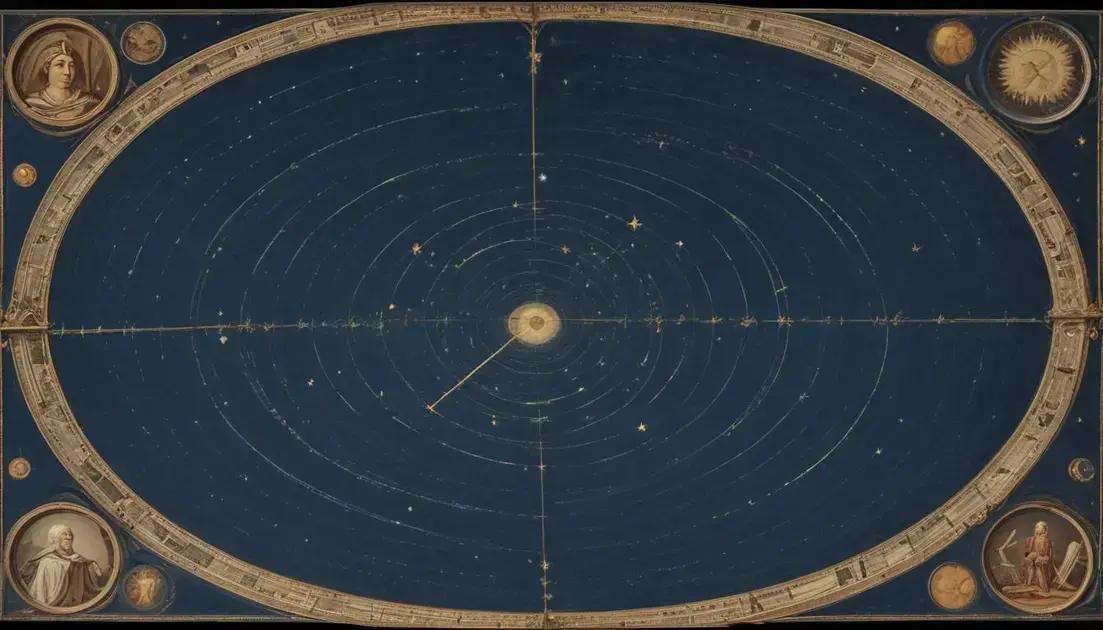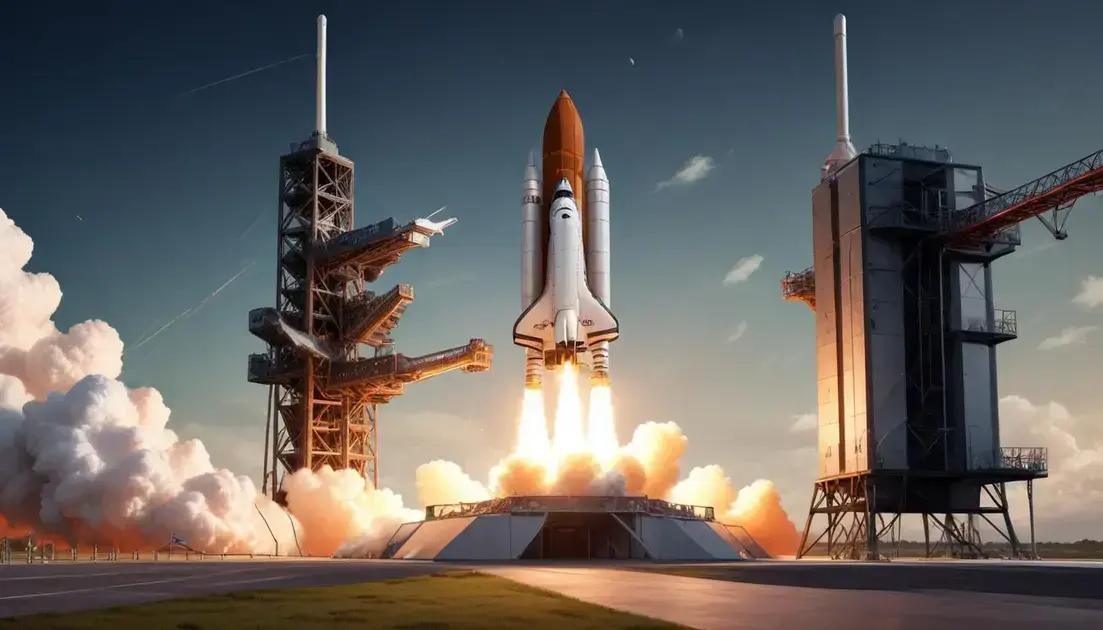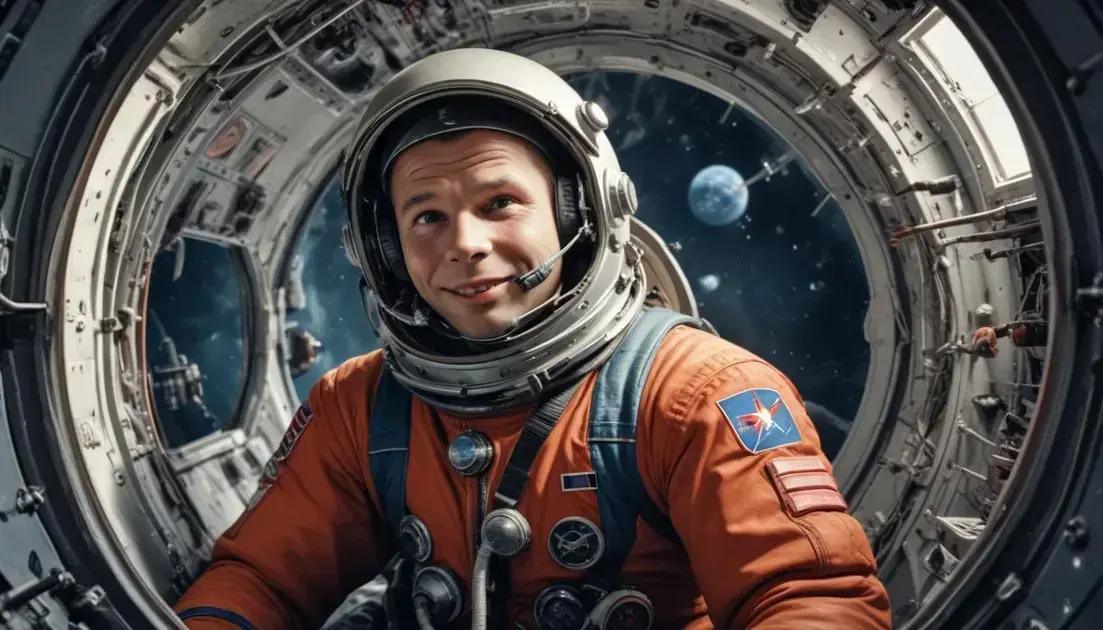
Scientific Revolution: Copernicus, Galileo and the Displacement of the Universe
The Scientific Revolution marked a significant shift in how we comprehend the universe, with key figures like Copernicus and Galileo challenging long-held beliefs. Copernicus introduced the heliocentric model, asserting that the Sun, rather than the Earth, is at the center of our solar system. Galileo reinforced this idea through groundbreaking observations using the telescope, discovering moons orbiting Jupiter and the phases of Venus. These developments laid the groundwork for modern science, emphasizing the importance of observation and the scientific method, which continues to drive advancements in various fields today.
Scientific Revolution transformed how we perceive the universe. Have you ever wondered how the stars aligned the way they do? Let’s dive into the thoughts of Copernicus and Galileo!
Introduction to the Scientific Revolution
The Scientific Revolution changed how we view the universe. During the 16th and 17th centuries, thinkers began questioning old beliefs. They focused on observation and experimentation. This was a big shift away from relying only on tradition and authority.
Before this time, many people believed the Earth was the center of the universe. This idea was held for years, based on ancient texts. However, new ideas started to emerge. Scientists like Copernicus challenged these old views.
Copernicus proposed that the Sun, not the Earth, is at the center. This idea was revolutionary. It made people rethink their understanding of the cosmos. Not long after, Galileo used a telescope to explore the night sky.
Galileo’s observations confirmed many of Copernicus’ ideas. He found moons orbiting Jupiter and phases of Venus. This evidence supported the heliocentric model. The Scientific Revolution encouraged people to rely on data and their senses.
These changes sparked a new way of thinking. Science began to grow and take shape as an important field. Knowledge became something everyone could pursue, not just a select few.
Copernicus and the Heliocentric Model
Copernicus was a groundbreaking thinker in astronomy. He changed everything with his idea of the heliocentric model. This model claimed that the Sun is at the center of the universe, not the Earth. Before him, people believed the Earth was the center of everything.
Copernicus spent years studying the stars and planets. He realized that the Earth revolves around the Sun. This was a big deal! His work challenged old beliefs held for centuries. He wrote a book called “De revolutionibus orbium coelestium” to share his ideas.
Many people were skeptical at first. They had grown up with the geocentric view, which said Earth was the center. Copernicus’ ideas seemed strange and hard to accept. But, they were also fascinating and sparked curiosity.
The heliocentric model opened doors to new discoveries. It allowed future astronomers to explore space more freely. This model created a new path for modern astronomy.
His ideas laid the foundation for later scientists like Galileo. They built on his work and proved it through observation. Copernicus’ belief in the heliocentric model changed how we think about our place in the universe.
Galileo’s Discoveries
Galileo Galilei was an important figure in the Scientific Revolution. His discoveries helped prove Copernicus’ heliocentric model. Galileo used a telescope to explore the night sky like never before.
In 1609, he built his first telescope. With this tool, he made amazing observations. One of his biggest discoveries was four moons orbiting Jupiter. He named them Io, Europa, Ganymede, and Callisto. These moons showed that not everything revolved around the Earth.
Galileo also observed the phases of Venus. He saw that Venus changed shape, much like the Moon. This finding supported the idea that Venus orbits the Sun, not the Earth.
He didn’t stop there. Galileo studied sunspots and the surface of the Moon, too. He found that the Moon had mountains and valleys, just like Earth. This information made people question their views of the stars.
His discoveries led to conflicts with the Church. The Church supported the geocentric view and did not appreciate his findings. Galileo faced opposition but stood by his work.
Today, we celebrate Galileo as a pioneer of modern science. His use of the telescope changed how we understand the universe. His work set the stage for future scientists and revolutionized astronomy.
The Impact on Modern Science
The Scientific Revolution changed the way we see the world. It laid the groundwork for modern science. Before this period, most knowledge came from tradition and belief. But, the revolution emphasized observation and evidence.
This shift helped form the scientific method. The scientific method is a way to explore and understand nature. It includes asking questions, forming hypotheses, and conducting experiments. This method allows scientists to test ideas and learn from results.
Galileo and Copernicus were key figures in this change. Their discoveries encouraged others to seek knowledge through observation. More scientists followed their lead and began to explore different fields.
By relying on data, science became more accurate. This led to breakthroughs in many areas. Medicine, physics, and chemistry all grew rapidly. Scientists began to understand the human body, the laws of motion, and chemical reactions.
These advances have improved our lives in countless ways. They have led to technologies, medicines, and achievements we often take for granted. The impacts of the Scientific Revolution still influence us today.
Modern science depends on the principles established during this time. It shows us how valuable questioning and exploration can be. Science remains a critical part of society, driving future discoveries.
Conclusion
In conclusion, the Scientific Revolution was a turning point for understanding our universe. The ideas of thinkers like Copernicus and Galileo opened our eyes to new ways of seeing the world. Their work encouraged future scientists to explore and discover more.
We now rely on the scientific method to learn and grow. This method helps us ask questions and find answers through experiments. Today, science shapes our everyday lives, from medicine to technology.
Recognizing the impact of the Scientific Revolution reminds us how vital curiosity and questioning are. Science is ongoing, always inviting us to learn more and challenge our understanding of the world. By embracing this spirit of exploration, we can continue to unlock new knowledge and improve our lives.


